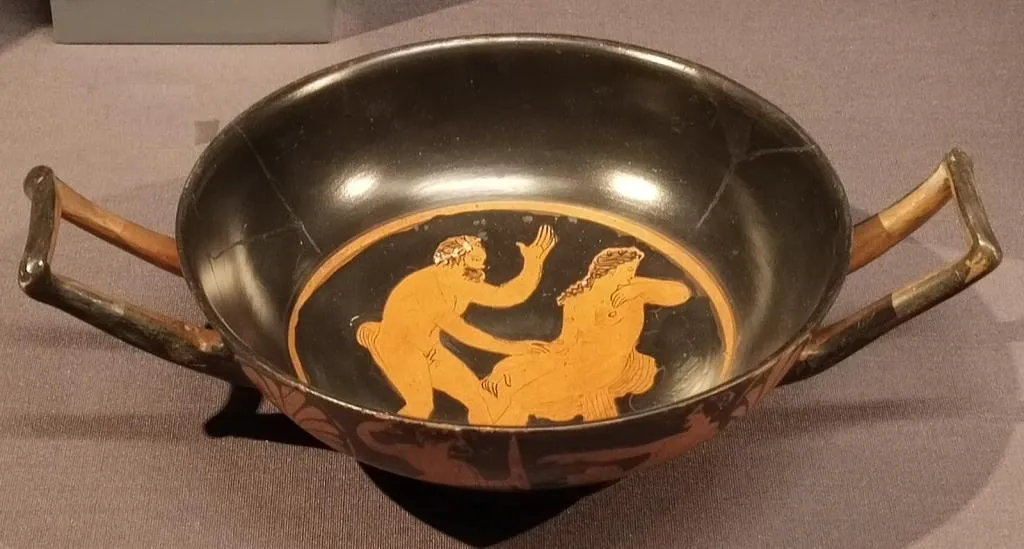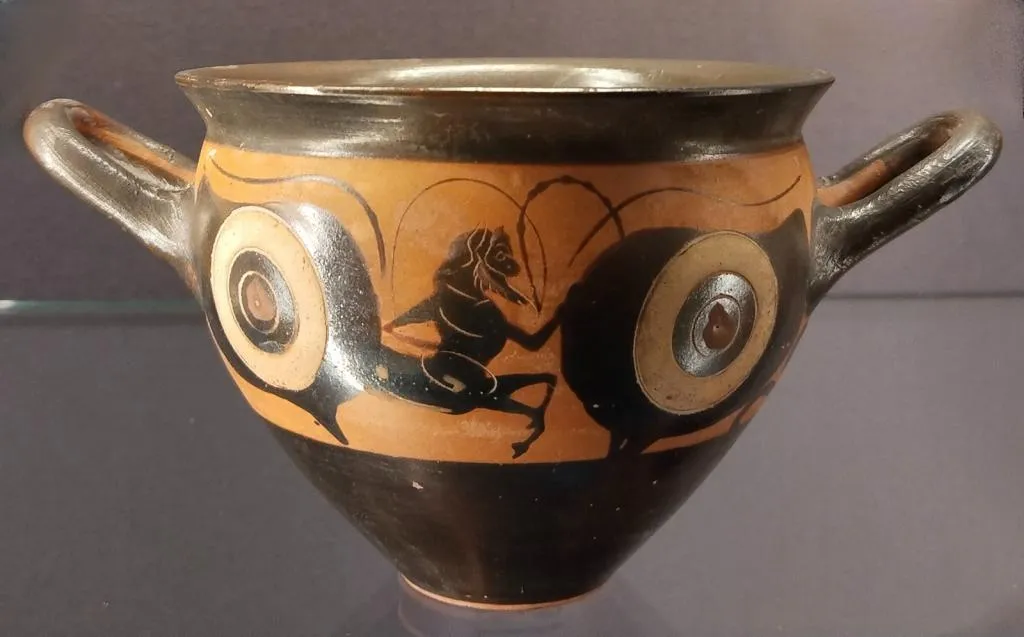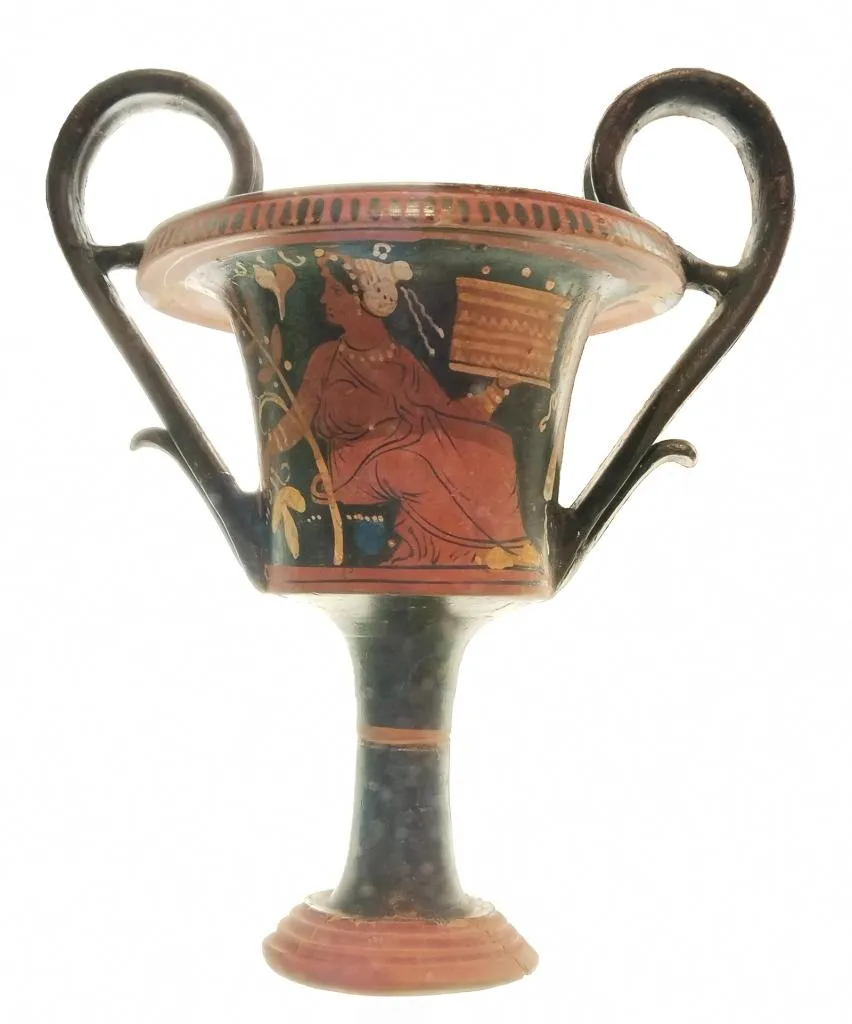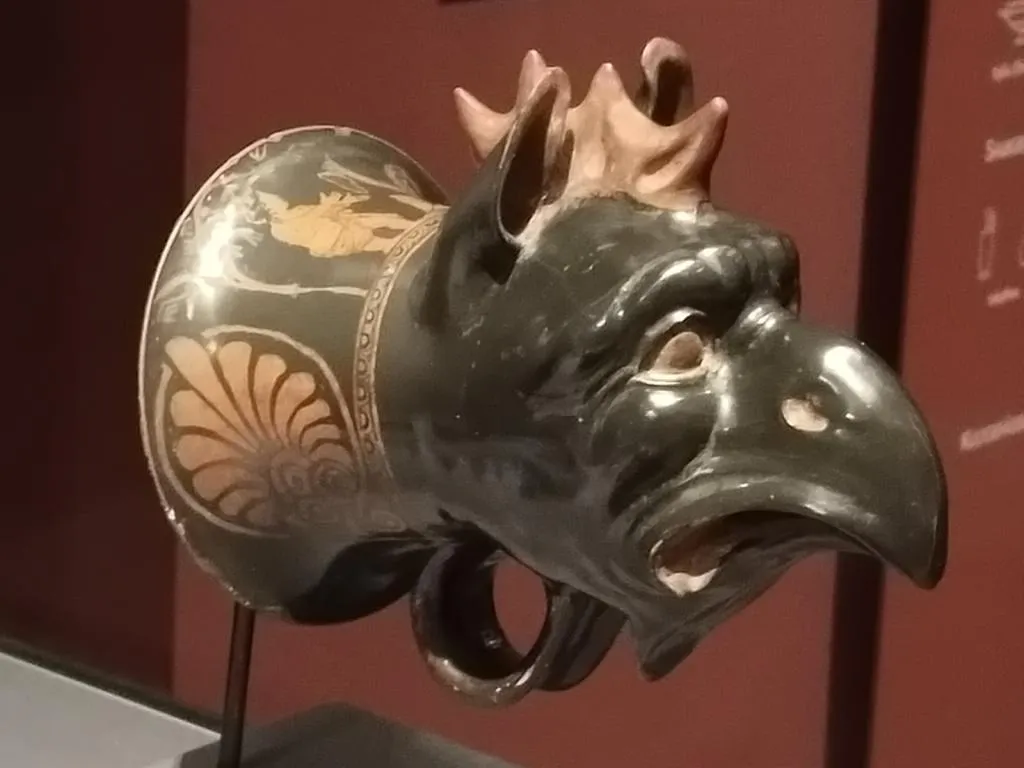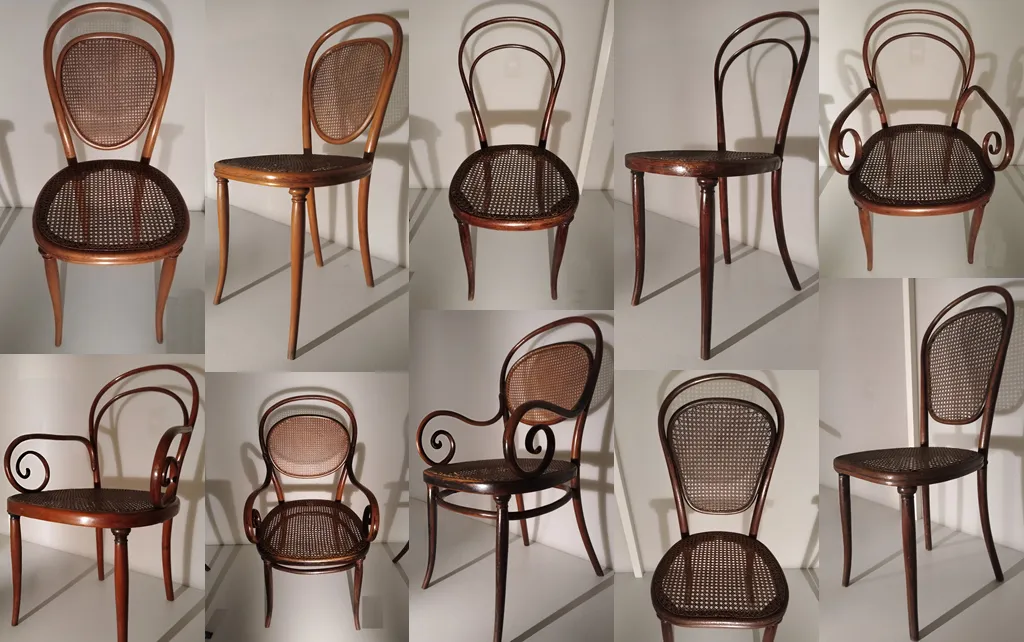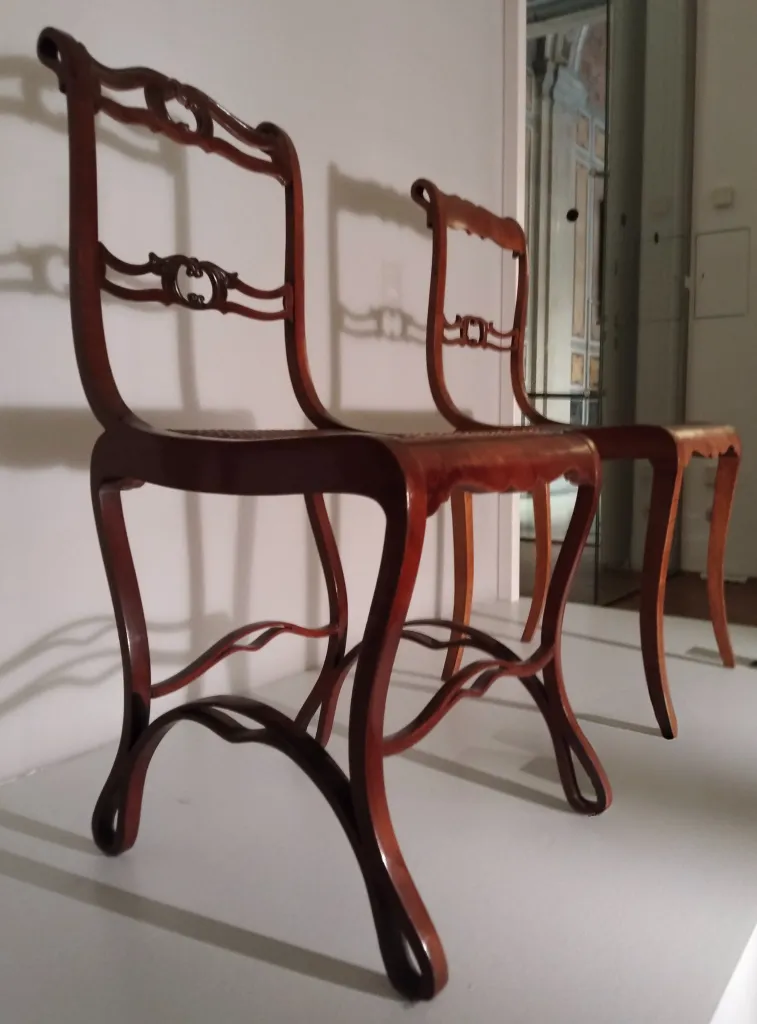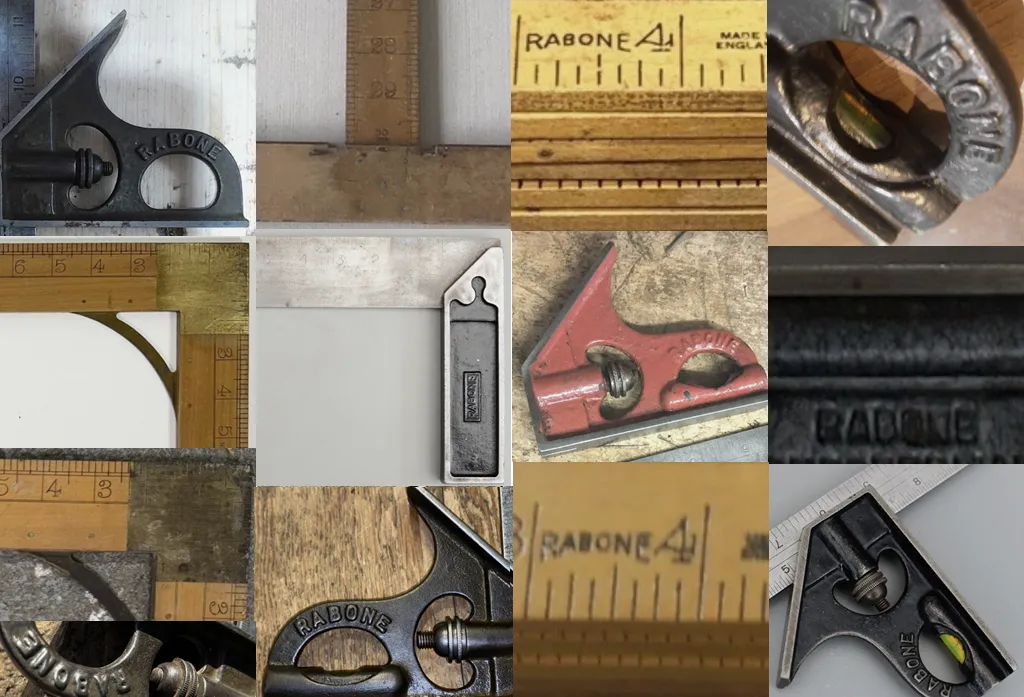Phiale (Patera)
The phiale, or patera, was a key ritual vessel in ancient Greek and Roman religion, used for pouring libations to the gods.
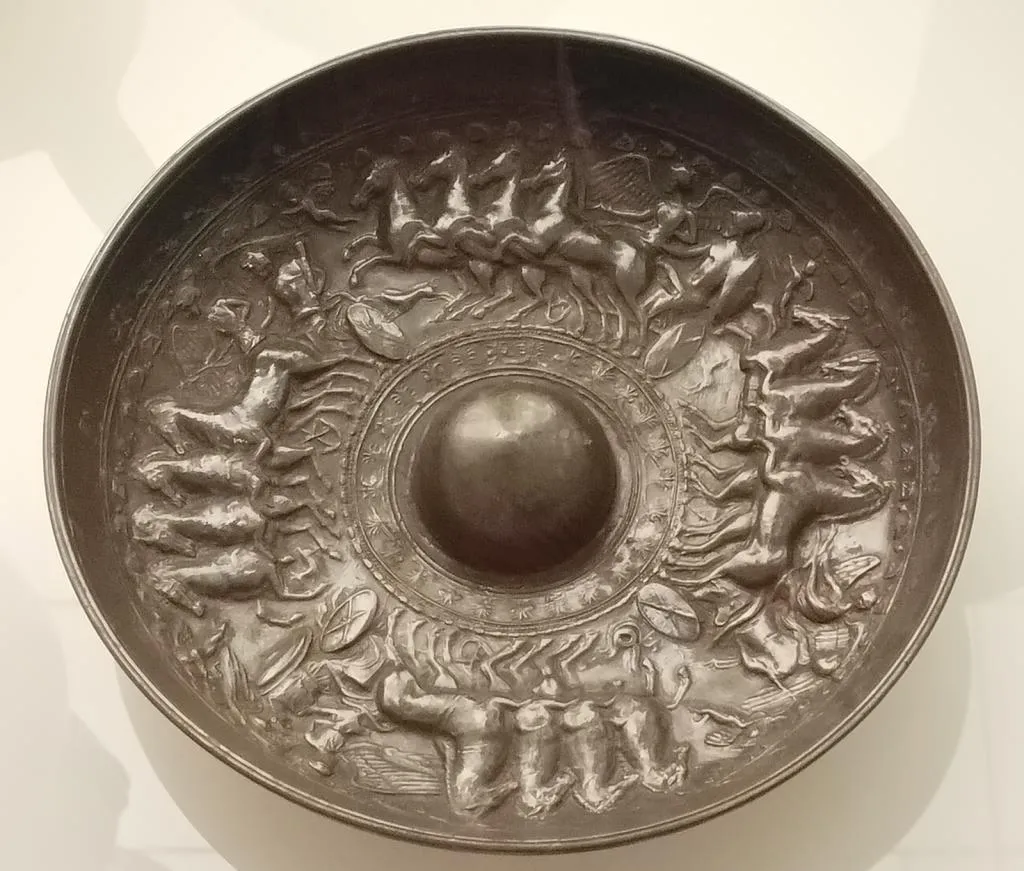
Source: by Stable MARK - own work.
Explore the ceremonial role of the phiale and patera—two timeless vessels that bridged the human and divine in ancient rituals across Greece and Rome.
Table of Contents
What is a phiale?What were libation bowls used for?What is a patera in English?What is a patera used for?What is patera in Latin?What is a Roman patera?In the world of ancient religion, the phiale (Greek) and the patera (Latin) were among the most common vessels used for libations—ritual pourings of liquids as offerings to the gods. These shallow, footless, and handleless bowls were made from ceramic, bronze, silver, or even gold. A central raised knob on the underside, known as an omphalos, allowed the vessel to be held securely while pouring.
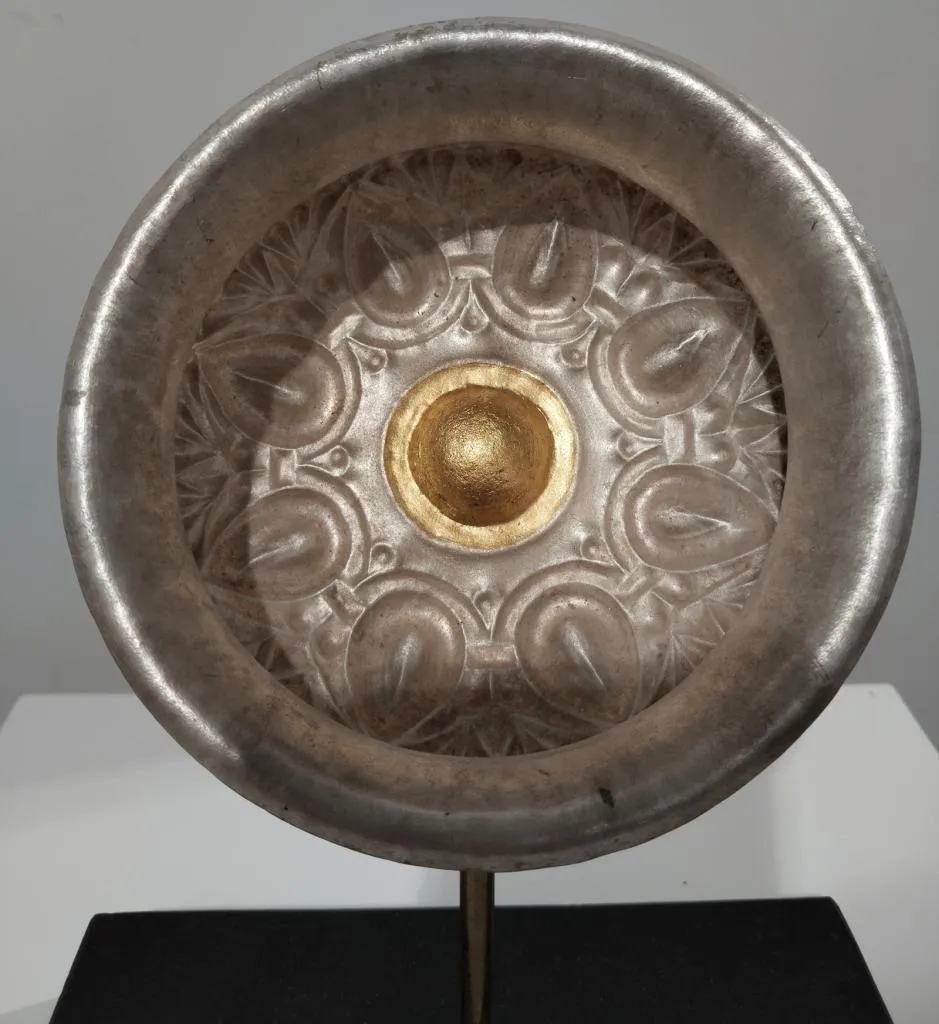
Source: by Stable MARK - own work.
Though both terms refer to the same general shape, “phiale” is typically used in Greek contexts, while “patera” appears in Roman settings. Libations were an essential act of piety in both cultures, offered at temples, domestic shrines, and graves. In Greek practice, libations could be part of everyday life—offered in the morning, evening, or before meals—while Roman art shows emperors and gods holding a patera above an altar, symbolizing religious duty or pietas.
While the form remained simple, many examples of phialai and paterae are artistically rich, with embossed decoration, gilded details, and inscriptions. A few Roman variants with long handles—called trullae—were used for domestic serving, but these were not part of religious practice.
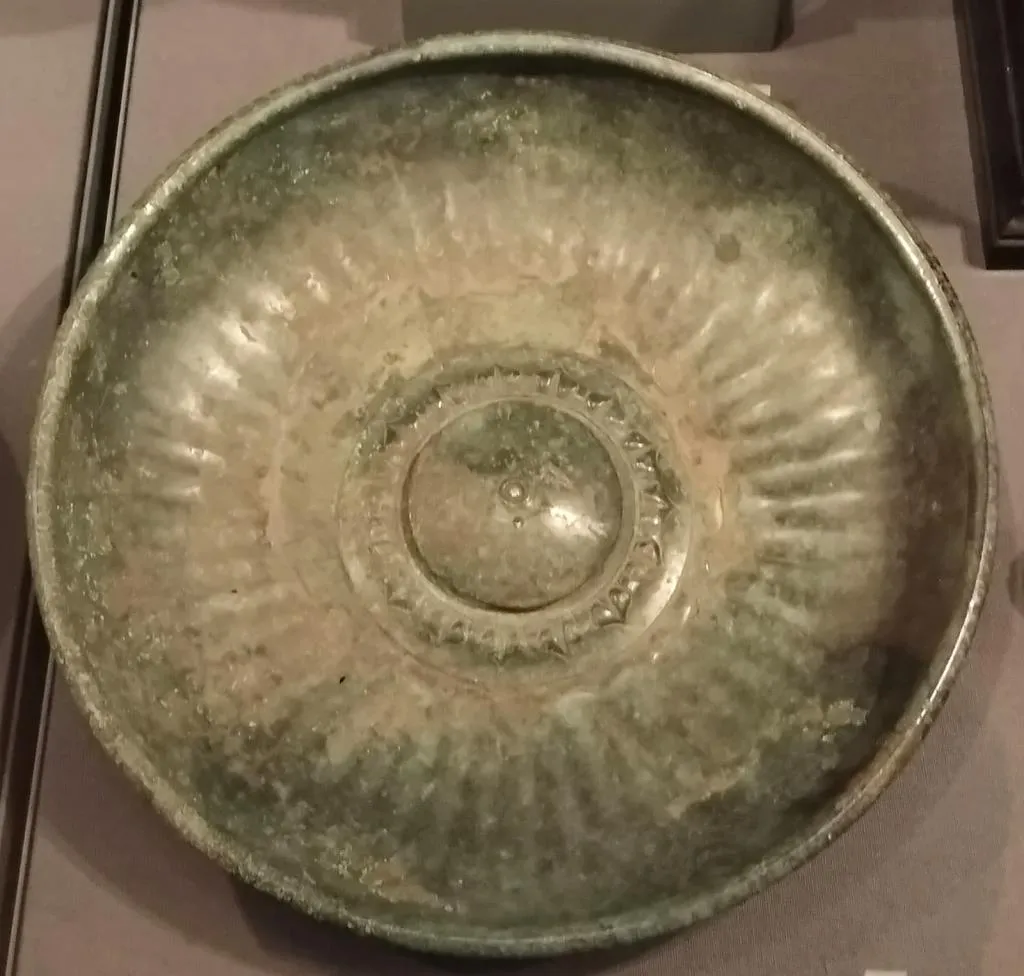
Source: by Stable MARK - own work.
These vessels offer insight into the daily and spiritual lives of ancient peoples, illustrating how sacred rituals were woven into ordinary routines.
Like the phiale, other ancient drinking and ritual vessels such as the kylix, rhyton, skyphos, and kantharos played vital roles in Greek and Roman ceremonial life.
What is a phiale?

Source: by Stable MARK - own work.
A phiale is a shallow, round bowl without handles or a foot, used in ancient Greek rituals to pour libations such as wine or oil during prayer and offerings.
What were libation bowls used for?
Libation bowls like the phiale or patera were used to pour offerings to gods, spirits, and ancestors. This practice was a sign of devotion and a way to invite divine favor.
What is a patera in English?
In English, patera refers to a shallow libation bowl, typically Roman, used in religious rituals. It’s the Latin counterpart to the Greek “phiale.”
What is a patera used for?
The patera was primarily used in Roman sacrificial rites, especially to pour wine or other liquids over altars before or during prayers and offerings.
What is patera in Latin?
In Latin, patera literally means “shallow bowl” and is derived from patere, meaning “to be open.” The name describes its wide, open form.
What is a Roman patera?
A Roman patera was a ceremonial bowl often made of bronze or silver, sometimes decorated, and used in official or domestic religious rituals, especially for libations.
Share this article











